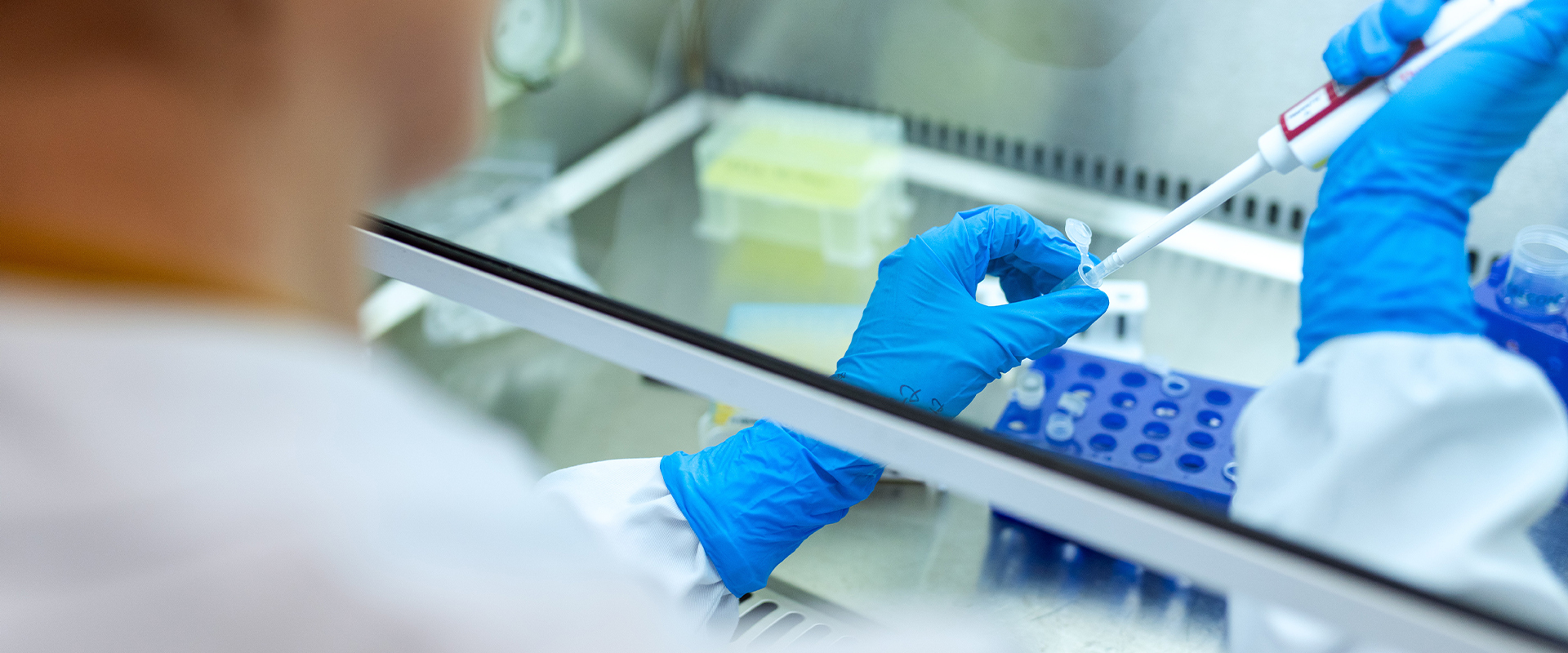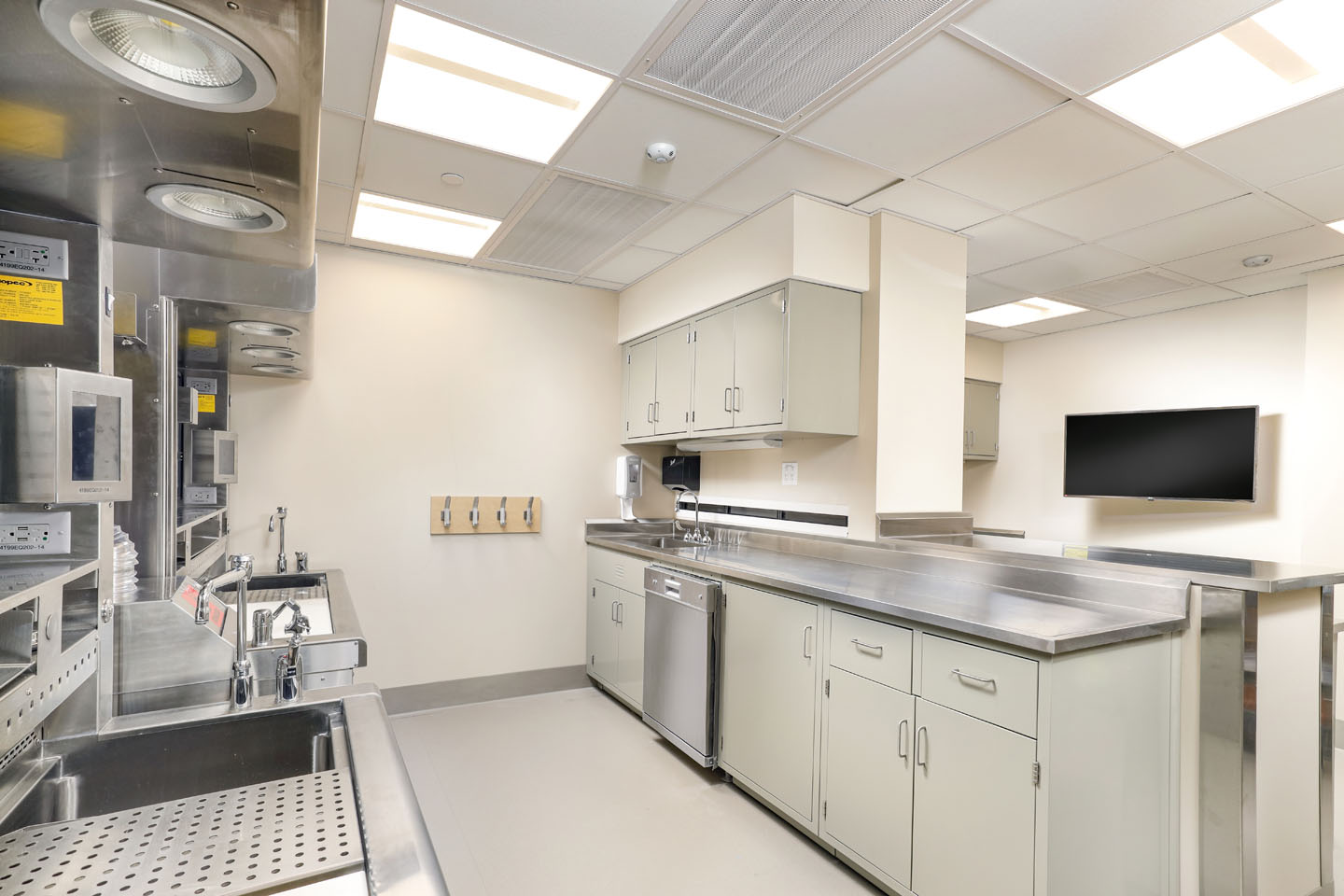
Reference labs, typically located at a site other than the healthcare facilities, are often used for specialized tests that are ordered only occasionally or require special equipment for analysis. Most of these tests are referred from physician’s offices, hospital facilities and other patient care facilities such as nursing homes. Reference labs are usually private, commercial facilities that do both high volume and specialty (high complexity and/or rare) laboratory testing. Most, if not all, inpatient and many outpatients seen by hospital-affiliated physicians require tests performed by hospital labs. The specific pathology services would include both anatomic (surgical pathology, cytopathology, autopsy) and clinical (laboratory medicine) pathology at most hospitals. Types of pathology labsĪlmost all hospitals contain a laboratory to support the clinical services offered at the hospital. While some have postulated that we are moving toward a gene/mutation driven categorization of tumors replacing disease site clinics and treatment planning (e.g., PIK3CA mutated carcinomas instead of “ovarian” cancer or “breast” cancer), data is accumulating that histology, morphology, disease site location and microenvironment in addition to genomic changes are still important factors in understanding the disease biology for treatment planning.

It is not only important to obtain sufficient tissue for a specific diagnosis of malignancy, but for many malignancies, additional tissue is required for prognostic and predictive ancillary studies.


Data on markers with prognostic and predictive significance are also routinely incorporated into pathology reports, allowing individualized treatment plans for patients. There are hundreds of varieties tumors, most with characteristic biology, that require accurate diagnosis by pathologists. The goal of pathology examination of tissue is to provide accurate, specific and sufficiently comprehensive diagnoses to enable the treating physician to develop an optimal plan of treatment. Policies supporting this practice are written into the bylaws of most hospitals and are regularly monitored by hospital tissue committees and accrediting agencies. The diagnosis of cancer is not conclusively established, nor safely assumed, in the absence of a tissue diagnosis, nor should definitive therapy for cancer, with rare exception, be undertaken. The following section reviews the importance and key objectives in the pathologic evaluation of tissue and provides information on the types and members of the pathology laboratory.
#PATHOLOGY LABORATORY SERIES#
The delivery of a specimen to the pathology laboratory initiates a complex series of events resulting in a pathologic diagnosis/interpretation. WebPath® is a registered service mark and may not be used without permission.Health care providers may be unfamiliar with the workings of the pathology laboratory. No one may modify, copy, distribute, transmit, display, or publish any materials contained in WebPath® without prior written permission. WebPath® is for your personal and noncommercial use. Comments: If you have comments concerning this Copyright © 1994-2022 by, Savannah, Georgia, USA. As such the information may not be sufficient to address specific patient problems and these should be handled by health care providers familiar with the specific clinical details relevant to the individual. It is not a comprehensive guide to disease. WebPath: A history of 27 years on the internetĭisclaimer: This resource is designed for students and workers in the health care sciences studying pathology. The 2022 version, 33rd edition, of the Pathology of HIV/AIDS textbook is available These computer-aided instructional materials support educational programs in the health sciences. There are more than 20 tutorials in specific subject areas. For self-assessment and self-directed study there are over 1300 examination items.

The WebPath® educational resource contains over 2700 images with text that illustrate gross and microscopic pathologic findings along with radiologic imaging associated with human disease conditions. Laboratory Medicine Curriculum: follow this link for improving knowledge of laboratory medicine principles vital to all practicing physicians.


 0 kommentar(er)
0 kommentar(er)
